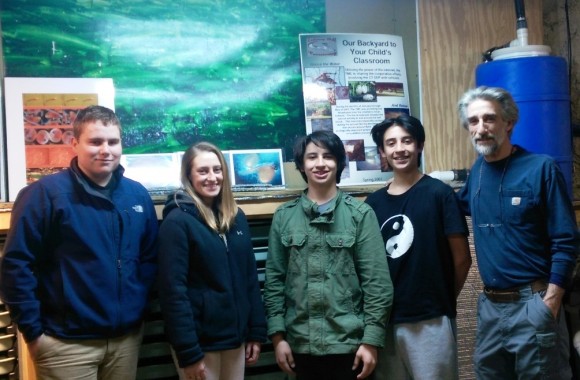
The Tributary Mill has stood strong in the heart of Old Lyme since 1672. Originally used to grind grains such as corn and wheat, the mill often became referred to as Rooks Mill in honor of Edward Rooks, an American impressionist who was enthralled with the mill’s beauty, which has since been the subject of many paintings.
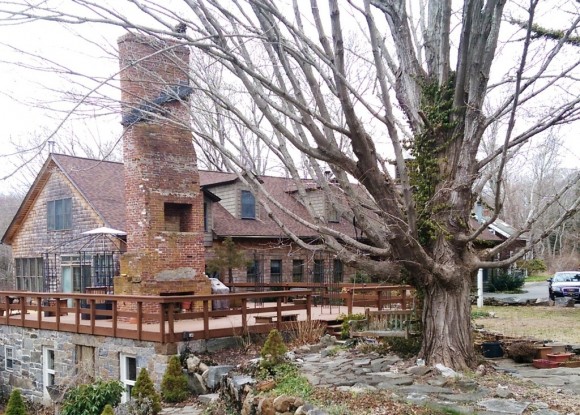
Purchased by Fran Tripp in 1981, her son Jim and his wife Sandra created the Tributary Mill Conservancy (TMC) that exists today from the original foundation. A nonprofit organization that strives to merge science and art through the conservation of the unique tributary ecosystem, the TMC has serviced its surrounding community in innumerable ways.
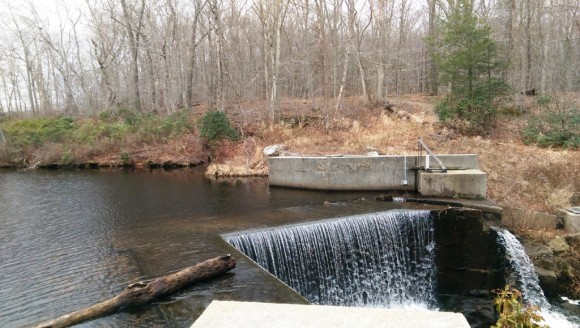
Operated by Jim, a carpenter, and Sandra, a high school chemistry teacher, as well as a variety of additional volunteers of all ages, the TMC works closely with a variety of environmentally oriented organizations such as the state Department of Energy and Environmental Protection (DEEP), Mystic Aquarium, and the Quebec-Labrador Foundation.

During the summer and fall seasons, the TMC focuses its energies on trapping and collecting data from snapping turtles by conducting blood tests, fecal tests, and collecting the leeches found on the turtles for further testing.
In addition, National Geographic recently donated a large number of cameras to put on the backs of the snapping turtles to further track them.
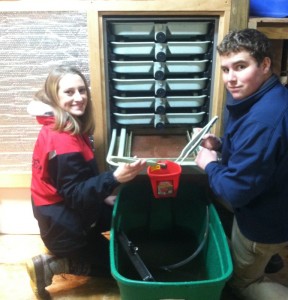
In the winter, the TMC turns its attention to hatching Atlantic salmon eggs given to them and regulated by the DEEP. An endangered species, the Atlantic salmon thrive in the unique ecosystem found at the TMC.
The highly efficient filtration system used by the TMC to hatch the eggs, which was engineered by Jim Tripp himself, has resulted in an 18 percent death rate for the eggs, significantly lower than the average 20 percent death rate. The eggs, once hatched, are then released into the surrounding Connecticut River tributaries.
In the spring, the TMC collects data on glass eels. Estimating the number of eels migrating up the Mill Brook as well as weighing trapped eels gives them valuable data, which they then send to the DEEP.
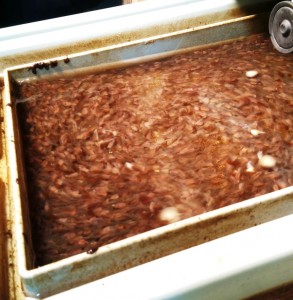
The Conservancy also focuses on educating and involving the community in their work. Along with offering tours for school groups ranging from elementary to high schoolers, the Conservancy also provides hands on learning opportunities for middle schoolers, high schoolers, and college students.
Old Saybrook High School seniors Ashley Bright and Tyler Clinton have been deeply impacted by their time at the preserve, which has inspired both of them to pursue careers in environmental science and engineering.
Ashley, who has been interning at the TMC since September, said, “I never expected to get so much out of a high school internship. I feel like I’ve been part of their family. It’s amazing that I’ve been able to do what I’ve done here as a high school student, and I know this experience is something I’ll always remember.”
Tyler, who has been interning at the TMC for two years, echoed Ashley’s sentiment, saying, “I have a second family here,” before going on to praise the kindness of Jim and Sandra Tripp. “They do this out of the kindness of their hearts. They really care about conserving the ecosystem and helping it thrive.”
Jim Tripp notes, “Our original goal was to make a prototype of a mill that could be emulated throughout the area because our location here on the river is such a great place to do wildlife work.”
For more information about the Tributary Mill Conservancy, visit tributarymill.org or email tributarymill@comcast.net. Donations to the nonprofit can also be made through the TMC website.